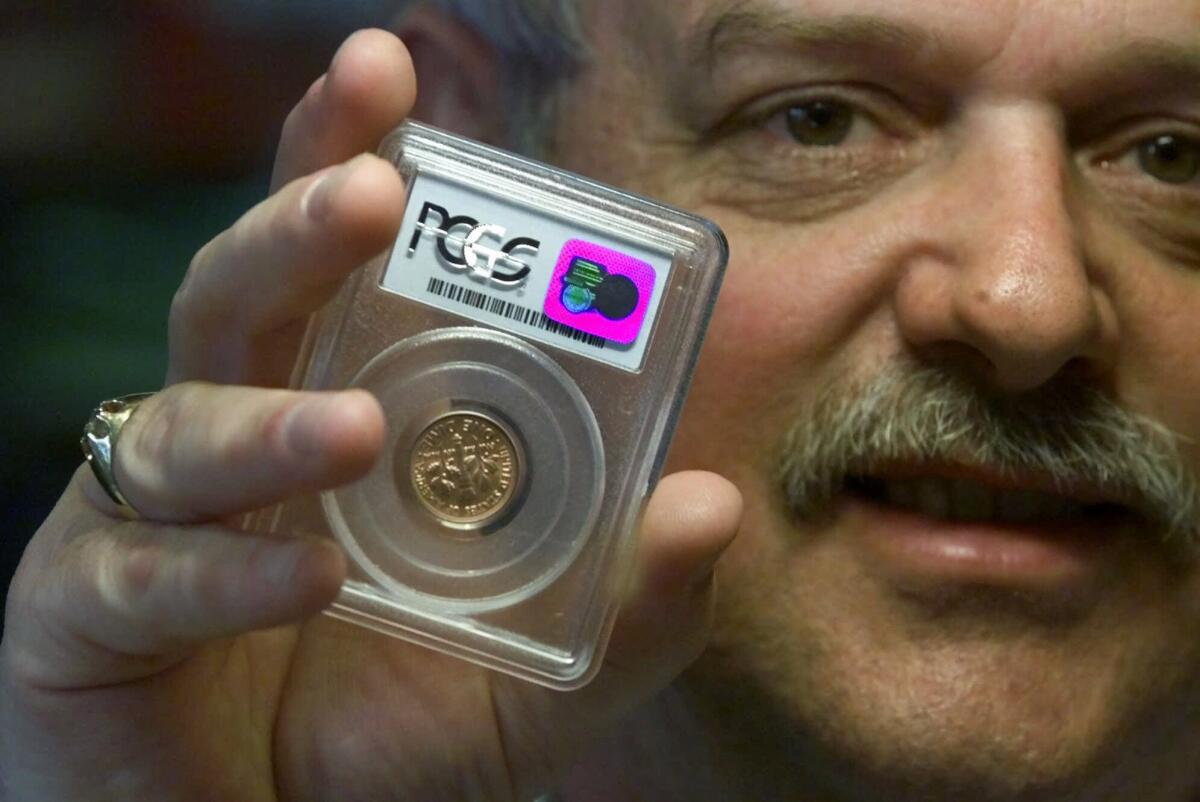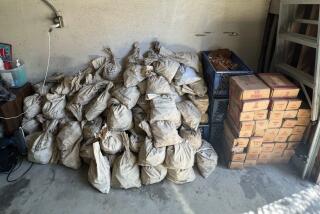Opinion: Canada is penny-less, and the U.S. should be too

- Share via
A famous American, Benjamin Franklin, is credited with coining the phrase “A penny saved is a penny earned.” And though no one famous is taking credit for it, in Canada, they’ve turned that around: “A penny destroyed is money in the bank.”
Oh, Canada, I think we might learn something from you. (Oh, and sorry about that whole War of 1812 invasion nonsense; ya know, bunch of hotheads back then.)
PBS Newshour’s Jordan Vesey reported recently on how the Canadian penny is being eased out of circulation, and how the government plans to recycle the little buggers, a process that is expected to bring in about $40 million in revenue to the governmental piggy bank.
Meanwhile, we in the U.S. cling nostalgically to the penny, as if one can still go to the general store and buy candy or gum for 1 cent, just like in granddad’s day. And it’s costing us, well, a pretty penny.
How much? For the fiscal year ending Sept. 30, 2013, the unit cost for the U.S. Mint to produce and distribute the cent was 1.83 cents. That’s right: We’re losing almost a penny for every penny we make. And those are your tax dollars dropping into that Mint hole. (It gets worse: The unit cost for the nickel was 9.41 cents. Though I kinda like nickels.)
But almost nobody likes the penny. Heck, most folks won’t even stoop to pick them up off the sidewalk.
Oh sure, I know what you’re thinking: If we do away with the penny, how will we ever make change?
Rest easy, bunkie. The Canadians figured that one out too.
Visiting Nova Scotia last year, I made many stops at the local Tim Hortons, courtesy of my coffee-addicted wife. At first, we couldn’t quite figure out why, for a $4.92 bill, we got a dime back in change from our $5.
But as I’ve written before, Canadians are among the nicest folks in the world. The clerk patiently explained the no-pennies policy and the rounding rules on cash purchases:
Round down: $1.01 or $1.02 becomes $1; $1.06 or $1.06 becomes $1.05.
Round up: $1.03 or $1.04 becomes $1.05; $1.08 or $1.09 becomes $1.10.
Pretty simple. Although we did manage to cause a stir when we innocently asked, “What happens to the penny?,” and the clerk called out to her manager, very seriously, “She wants to know what happens to her penny.”
When I say Canadians are polite and helpful, I mean it.
But I digress.
The point is, it’s way past time we stopped dropping money down the penny rathole. I say to heck with American exceptionalism on this one: Let’s learn from the Canadians.
Gather up those copper devils, America: Let’s mash up the pennies and make some dough.
More to Read
A cure for the common opinion
Get thought-provoking perspectives with our weekly newsletter.
You may occasionally receive promotional content from the Los Angeles Times.











